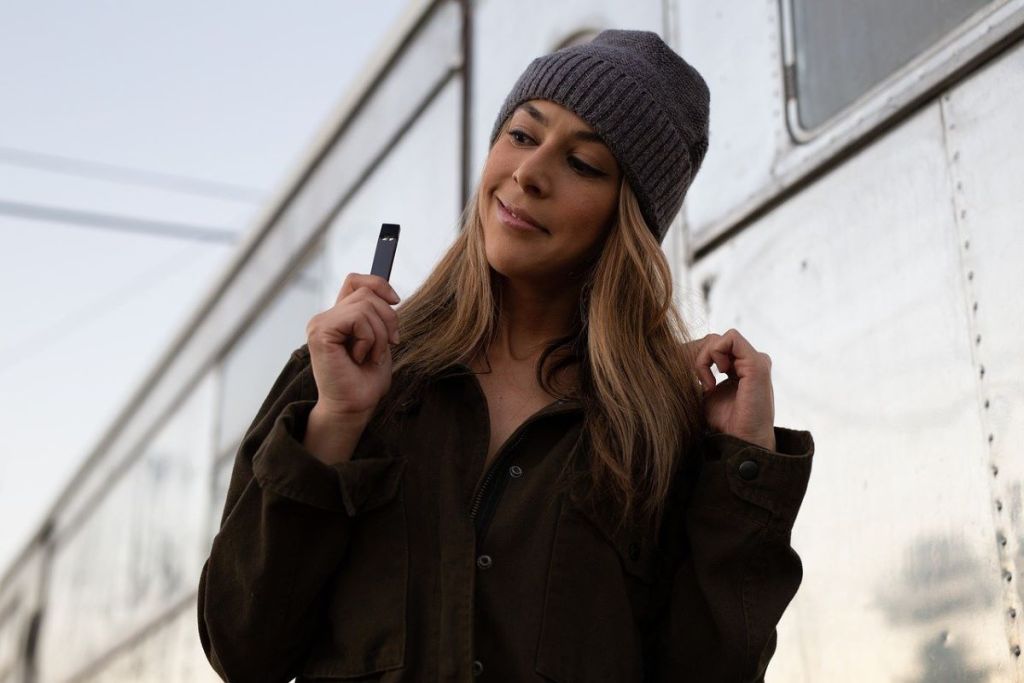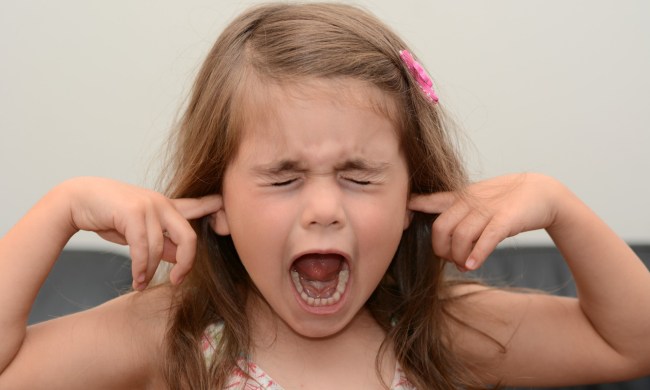Do you remember the D.A.R.E. program when you were in school? How effective did you feel that was to keep you from smoking? Did you wish your parents (or trusted adult) just talked with you about smoking and what that meant?
If you said yes, not at all, and yes, then you should have a chat with your teen. Even though vaping is illegal for teenagers under 18, we all know if they want to do it, they will find a way. So, to help win the battle against your teen’s attitude, here are six vaping facts to have in your corner when you speak with your child.

How vaping harms them personally
Vaping can mess with your body
All teens think they’re done growing and know everything, but no one’s brain is fully formed until the age of twenty-five. This fact is important because it means a teen’s brain is more sensitive when it comes to the reward system part of the brain. A Yale researcher on the subject of addiction, Nii Addy, Ph.D., states that “nicotine works by hijacking this reward system.”
As with any drug use, memory and attention span suffer. You become more forgetful and lose focus. E-cigarettes even mess with your body’s DNA and cause certain cancers.
The actual vape harms people
We all know cigarettes have countless disgusting chemicals in them. Though the liquid in an e-cigarette doesn’t have as many chemicals as a cigarette does, there are still plenty of scary ways it harms you. When you vape, the liquid turns into aerosol, and chemicals like nickel, lead, tin, aluminum, formaldehyde, and chromium will enter your lungs. They take chemistry in high school, so they should know why that’s not a good thing.
Not to mention the actual vape pen could kill you. Faulty batteries in these pens have been known to explode. Telling your teen they could lose their jaw with a random puff on their e-cig should scare them awake.

Vaping isn’t what it might seem
Those vape flavors don’t make them safe
Just because the tobacco companies market these fruity flavors right to teens doesn’t mean they are safer to use. Even after it was announced in 2019 that these kid-geared flavors would be taken off of the market, they’re still available across the entire country. According to the U.S. Surgeon General, one of those pods has the same amount of nicotine as an entire pack of cigarettes.
Remind your teen about all of the chemicals in those candy-flavored capsules. If they want to enjoy a bubblegum or tropical twist taste, say you’ll stock them up on as much Trident as they want.
It’s crazy expensive
Break it down by the actual dollars. If your teen relies on you for their spending money, let them know their vape needs are not going to come from you. If they have a job and throw it in your face that they’ll pay for it — do the math for them.
The pens alone cost at least $20 for a cheaper one that they’ll have to replace quickly. For their minimum wage job at the mall, that’s 3 hours of work (before tax). The juice pods are on average $20 for a multi-pack. Then you have to constantly buy coils, so it hopefully doesn’t catch on fire. If the pen is rechargeable, you need a charger.
On average, vaping costs at least $1,000 a year. That’s about 138 hours (again, before tax) of work. Laying it out in terms they better understand will show them how much of their life they’ll have to work to afford their habit.

Vaping doesn’t just hurt themselves
They can be poisoned, and they can poison someone else
If they leave a liquid pod or their pen carelessly out where anyone can grab it, and they have a sibling, they put them at risk. If a child even spills the liquid on their skin, they could become sick. If they breathe or swallow it, they could be dangerously poisoned and need to go to the hospital. Not to mention the vape they breathe out is still full of those toxins and harms a person just like second-hand smoke.
If your teen tries to tell you that it’s “only vaping” tell them that might only be true for now. According to a study conducted “students who had used e-cigarettes by the time they started 9th grade were more likely than others to start smoking cigarettes and other smokable tobacco products within the next year.”
We have no idea of the long-term effects
According to the CDC, we still don’t know the full extent of the long-term effects of vaping. Heated tobacco products are still being studied by scientists. While all signs point to them being unsafe and dangerous, who knows what we will find with more studying.
With “more than two million U.S. middle and high school students reported using e-cigarettes in 2021” we have a problem. Your teen’s first and best line of defense against even wanting to buy their first vape is you. Being open and honest about vaping and smoking needs to be your go-to.
Don’t be afraid to bring vaping with your child before you think it might be a problem. Hiding the fact that vaping exists isn’t going to work. Talk with your teen and share these vaping facts as early as possible. If you think you need additional help, there are so many programs for guidance. We hope these facts about vaping will gross your teen out enough so you won’t find a vape pen in their pocket when you do the laundry.



